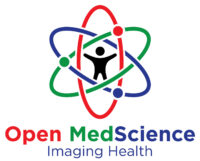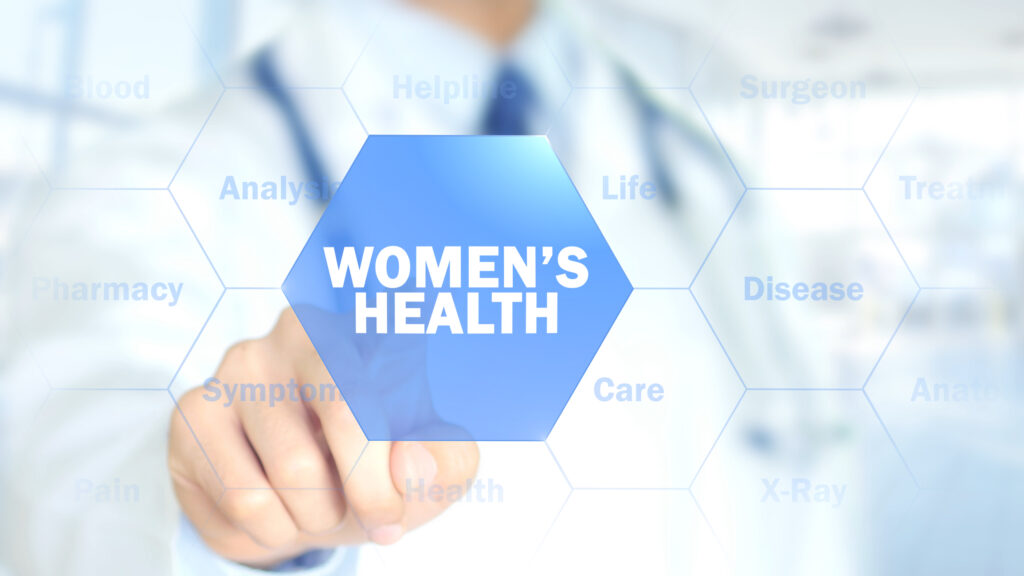For a long time, women’s health needs were overlooked. Men were kept in mind when most treatments and medical tools were designed.
This often meant women received less personalized or effective care. Sometimes, there were even misdiagnoses or delayed treatments for conditions unique to them.
That is changing now, as tech innovations are stepping up. They are transforming women’s health for the better. Care is now becoming far more personal and easier to get and it’s more focused on problem prevention.
This represents an important shift since healthcare goes from fixing issues to preventing them. This is a big step ahead because it addresses long-standing needs in women’s healthcare.
That said, we will discuss how innovations in technology are helping improve women’s well-being.
#1 Smarter Period and Fertility Tracking
Modern apps and devices make understanding your menstrual cycle and fertile window much simpler. These tools help track period dates, flow, and symptoms like mood swings or cravings. This information helps individuals learn about their body and health.
Apps like Clue offer advanced, personalized predictions for periods. They help track cycles and understand premenstrual syndrome or premenstrual dysphoric disorder symptoms.
These smart tools offer personalized insights and accurate predictions for periods and ovulation. Users can log daily symptoms to uncover trends, which helps them feel much more prepared for doctor visits.
For couples trying to conceive, features like basal body temperature (BBT) logging and tips for recognizing fertile windows are incredibly helpful. You can also track ovulation test results, basal body temperature, or cervical mucus for better predictions. This ensures users can make informed family planning choices.
Some apps even include symptom checkers to see if the signs match conditions like PCOS, endometriosis, or perimenopause.
The adoption of period trackers is very high. One study found that 68.8% of women used an app to track their menstrual cycle.
#2 Education and Empowerment at Fingertips
Getting reliable health information used to be tough. It often required doctor visits or sifting through confusing online searches. Now technology is making it easier than ever to learn about your body and health conditions.
When women have access to education and community, they feel heard and understood. This support and knowledge empower them to approach their health with greater confidence and control.
Take IUDs, for example. They are now the third most common form of birth control among women, and their popularity continues to grow. But not all IUDs are the same.
The recent Paragard controversy is an example. Many women chose this non-hormonal birth control option, thinking it was low-risk, only to later face serious complications. According to TorHoerman Law, this IUD has been linked to serious complications, such as internal bleeding, uterine perforation, and pelvic inflammatory disease.
Tera Pharmaceuticals, the manufacturer, has landed in hot water as affected women have filed the Paragard IUD lawsuit.
But thanks to online resources, those considering an IUD can now research different types, read real-life reviews, and understand possible side effects. This helps them choose what’s best for their bodies.
#3 Wearables To Track Wellness in Real-Time
Wearable devices like smartwatches and fitness trackers are no longer just for counting steps.
They have become essential tools for real-time health monitoring. It’s no wonder that women showed a slightly higher adoption rate of wearables, with 16.41% reporting usage.
These devices monitor key health markers continuously. They track basal body temperature, heart rate, and heart rate variability. They also monitor respiratory rate, skin temperature, and sleep patterns.
Apple Watch, for example, tracks sleep, heart rate, and even state of mind. It uses temperature sensing to help determine ovulation days and fertile windows.
AI-powered wearable biosensor systems are also being developed to continuously monitor PCOS biomarkers like hormones and glucose.
Wearable technology is also increasing in popularity for pregnancy monitoring. Pregnant women use these devices to track fetal movements, contractions, and their vital signs. This helps detect early warning signs of complications, which reduces risks for both the baby and the mother.
This continuous, real-time data is revolutionizing healthcare by shifting the focus from reactive treatment to proactive wellness management. This is particularly vital for women, who too often experience their symptoms being overlooked or dismissed within traditional healthcare settings.
A Healthier Tomorrow, Thanks to Tech
It is clear that technology is a powerful force for good in women’s health. From making period tracking super smart to wearable devices offering real-time wellness insights, these innovations are putting more control and information into women’s hands.
They are making healthcare more personal, accessible, and proactive. These advancements empower women with knowledge, tools, and support to take charge of their well-being like never before.
And as technology evolves, these will continue to shape a healthier, more informed future for women everywhere.
Disclaimer
The content of this article, “How Innovations in Tech Are Driving Women’s Health”, is provided for general informational purposes only and does not constitute medical or legal advice. It is not a substitute for professional guidance from a qualified healthcare provider or legal expert.
Mentions of specific products, medical devices, or legal cases—such as the Paragard IUD and the involvement of law firms like TorHoerman Law—are included to highlight publicly available information. Open Medscience does not endorse or recommend any particular product, treatment, or legal service, nor do we guarantee the accuracy or outcomes related to any ongoing litigation.
Readers should consult with their doctor for any medical concerns and seek advice from a qualified solicitor or legal representative regarding legal matters. Open Medscience assumes no responsibility for actions taken based on the content of this article. Use of this information is entirely at the reader’s own risk.
You are here: home » diagnostic medical imaging blog »



